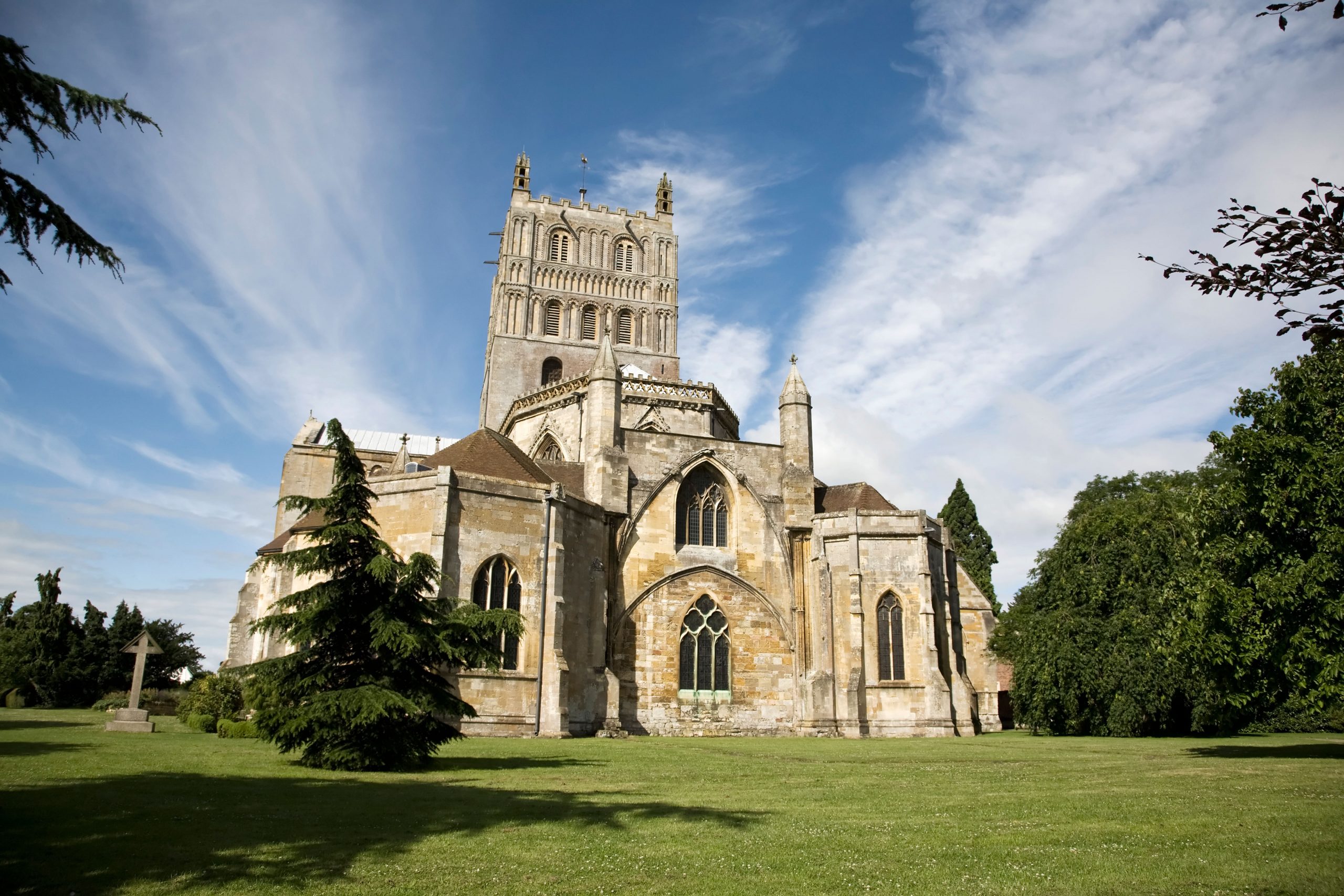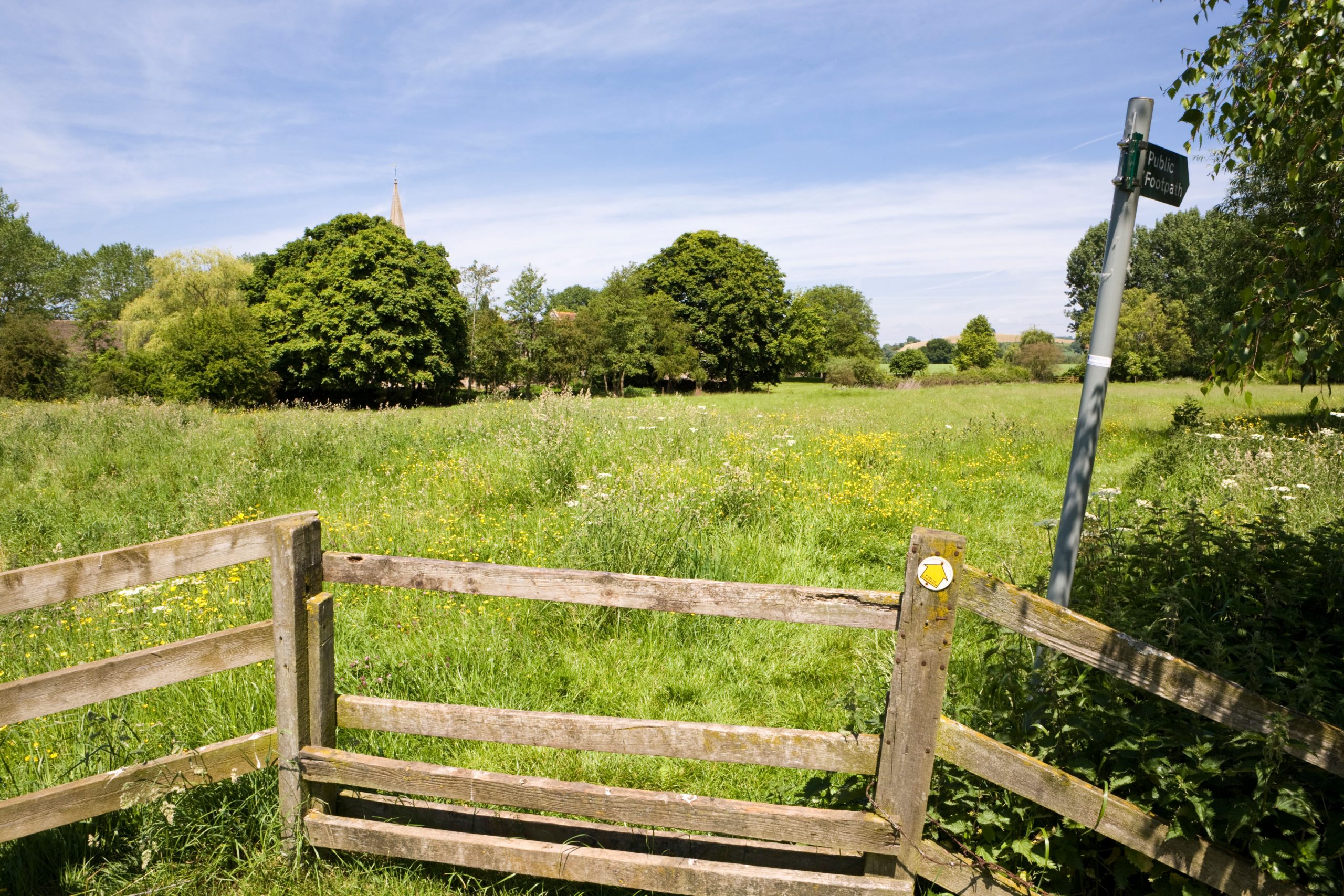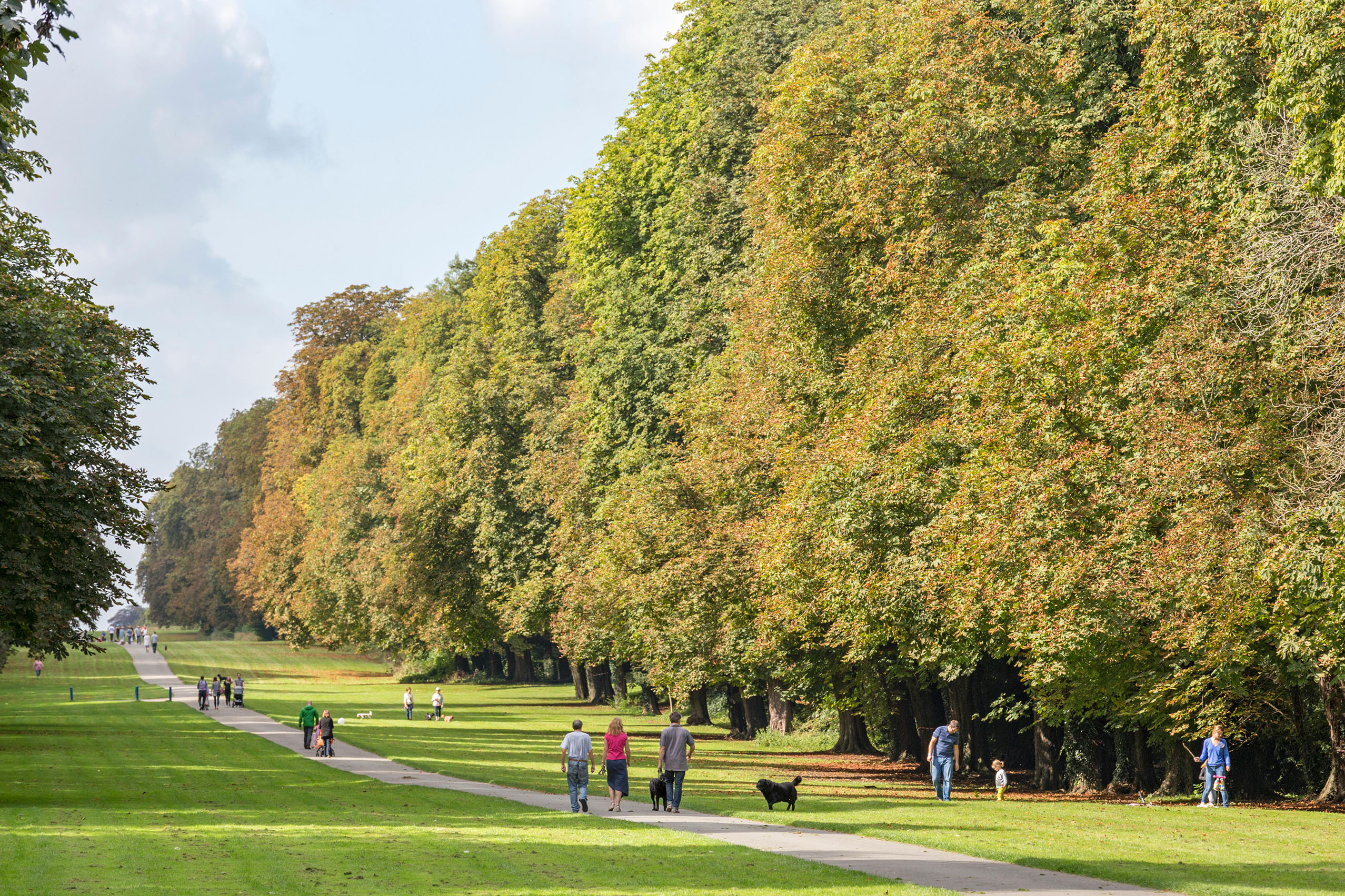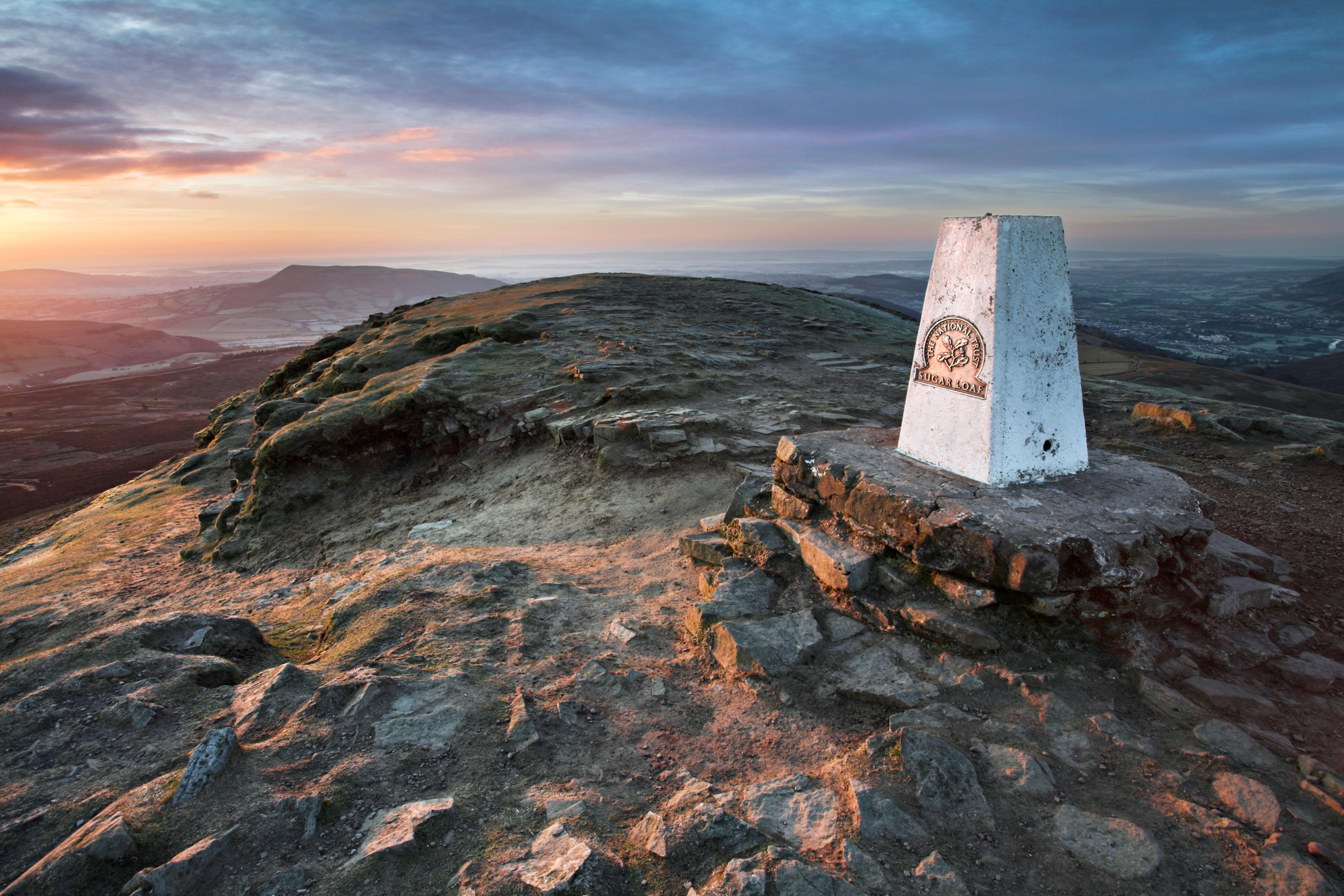A pilgrimage from Tewkesbury Abbey to Gloucester Cathedral: 'Churches, cathedrals and sacred sites, long walks and beautiful places and thoughts'
The route from Tewkesbury Abbey to Gloucester Cathedral helps assuage grief for Fiona Reynolds.


The end of 2021 brought more sadness than joy. On top of everything else, a number of my friends learned they had serious cancers: nothing to do with Covid, but it made a tough end to an already difficult year.
Heart full, I am walking with a recently bereaved friend on a Pilgrim Route, identified and promoted by the British Pilgrimage Trust, an organisation that embraces many of the things I love best: churches, cathedrals and sacred sites, long walks and beautiful places and thoughts.

Our 15-mile pilgrimage is a day’s walk from Tewkesbury Abbey to Gloucester Cathedral and, although it’s possible to follow the River Severn the whole way, the route diverges from the river to take in some special places, adding to our sense of wonderment at discovering more of this little-known stretch of countryside.
Tewkesbury Abbey stands proud among low fields by the Severn, repeatedly just escaping the flood waters due to clever siting by its founders 900 years ago. Its nave is breathtaking, bounded by 14 gigantic circular Norman pillars supporting the beautiful 14th-century vaulted ceiling.
It feels like a cathedral, but was sold to the people of Tewkesbury after the Dissolution for £453 and remains a parish church, albeit one of huge significance. We pause, awed by beauty and sadness, before beginning our walk.

Our first stretch is along the Severn, which runs deep, fast and full, its centre flecked with foam as the current surges powerfully below the surface. No flooding yet, although the banks are clearly used to being breached.
We walk first to Deerhurst, a tiny hamlet graced by the largely 8th-century Church of St Mary’s and the remains of Odda’s Chapel, both the scene of remarkable discoveries. The chapel was built in 1056 by Earl Odda, a relative of Edward the Confessor, and was for centuries hidden inside a 17th-century half-timbered farmhouse until its true origins were discovered in the 1880s by the local vicar, the Revd George Butterworth.
Exquisite houses, the beauty of Nature, and how to get the most from your life, straight to your inbox.
In the church is a splendid Saxon font, also rescued in the 19th century, from a farmyard where it was being used as a cattle trough. We follow the signs around the church, craning our necks to see the 10th-century carving of an angel’s face high on the demolished south wall of the apse.
Walking on, we cross the river by Haw Bridge (none of the old ferry points we’ve passed are still functioning) and leave its banks to explore the villages of Hasfield and Ashleworth. Manor houses and half-timbered farm and domestic buildings abound, but none is more spectacular than the 15th-century Ashleworth Tithe Barn, its cathedral-like interior as moving as any consecrated place.
It has been looked after by the National Trust since the 1950s and we love its old-fashioned signage and simple presentation, its huge beams and towering doors. It’s vast, and we imagine it full of corn, hay, carts and harvest suppers, used by generations since its construction under monastic rule. Quiet now, it’s home to bats and owls.
We’re nearing Gloucester and our last stretch is back along the river, from Ashleworth’s pub, the Boat Inn, to the bounds of the city.

We skirt the village of Maisemore, walk under the A40 and the railway and through Richard’s Wood, named for Richard III and planted to mark the 500th anniversary of the Charter he gave to the people of Gloucester.
There, we find a footbridge that guides us towards the cathedral and our journey’s end. The cathedral’s new setting, its close almost free of cars, offers a graceful welcome, the splendid interior a fitting climax to our walk.
Throughout the day we’ve talked, thought, remembered and experienced the gamut of emotions that accompany untimely loss. Little is better than a long walk to help absorb that pain, or a pilgrimage to honour those we love.

Cirencester Park, still full of 'the amiable simplicity of unadorned nature' 200 years after its creation
Fiona Reynolds strolls through Cirencester Park and beyond into the Gloucestershire countryside.

A walk through Badley Woods: 'My memory, is on fire, and I wander through the woods looking for places half-remembered, but intensely felt'
A return to scenes from a carefree childhood rekindles happy memories for Fiona Reynolds.

Climbing the Sugar Loaf, the irresistibly perfect mountain in a ‘wild and lovely’ setting
The Sugar Loaf in Wales’s Black Mountains is a satisfying little peak to conquer, as Fiona Reynolds explains.

The 18th century canal tunnel that was a miracle of engineering, now reclaimed by Nature
The coronavirus put an end to Fiona Reynolds’ big walking adventures, but a local round along a Cotswold canal proved
Fiona Reynolds is chair of the Food, Farming and Countryside Commission, the former director-general of the National Trust, former Master of Emmanuel College, Cambridge, and the author of The Fight for Beauty. Follow her on Twitter @fionacreynolds.
